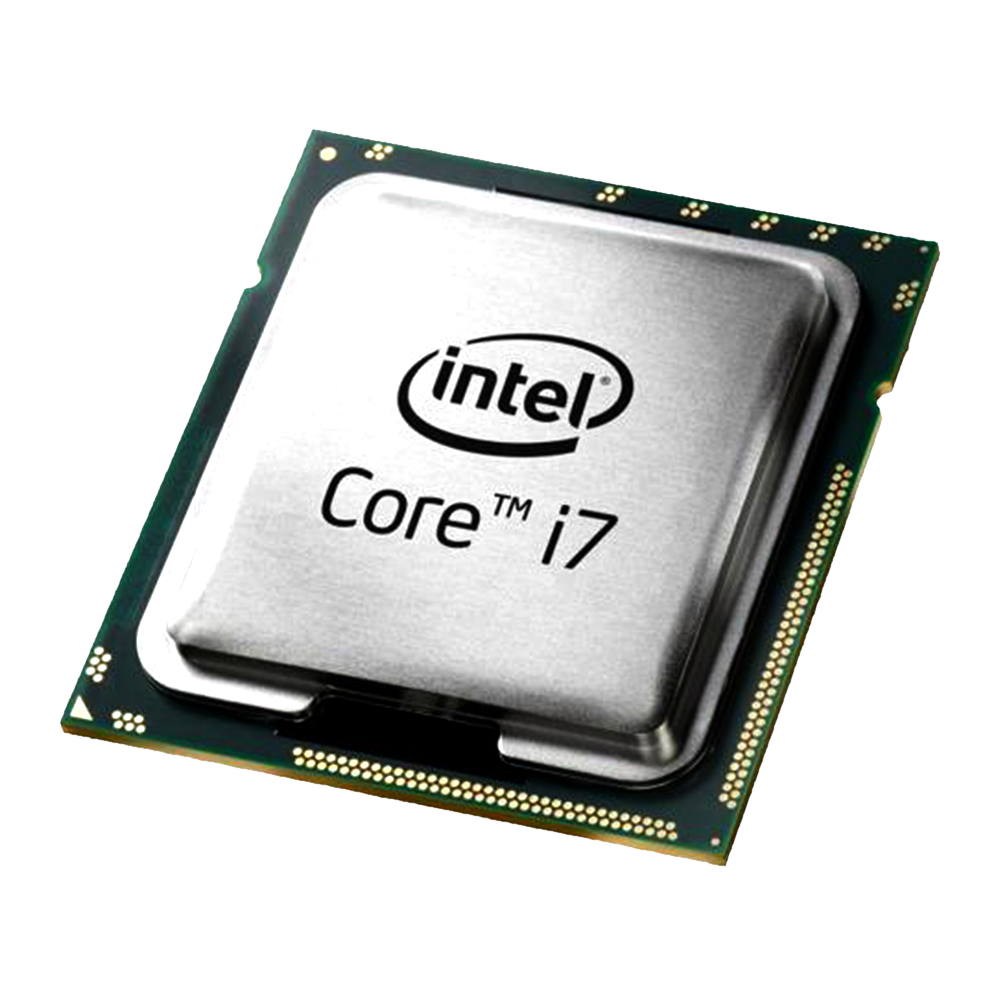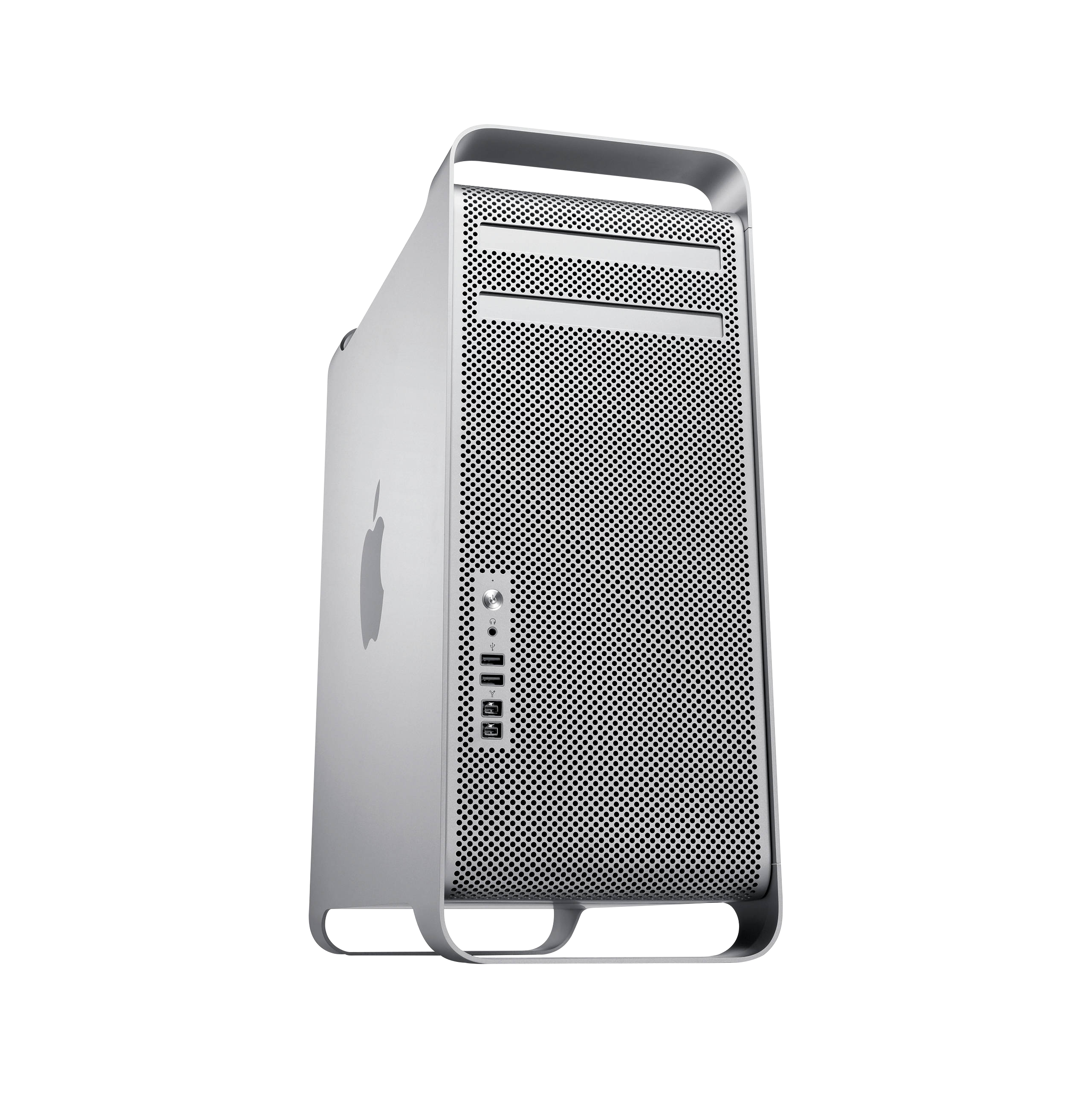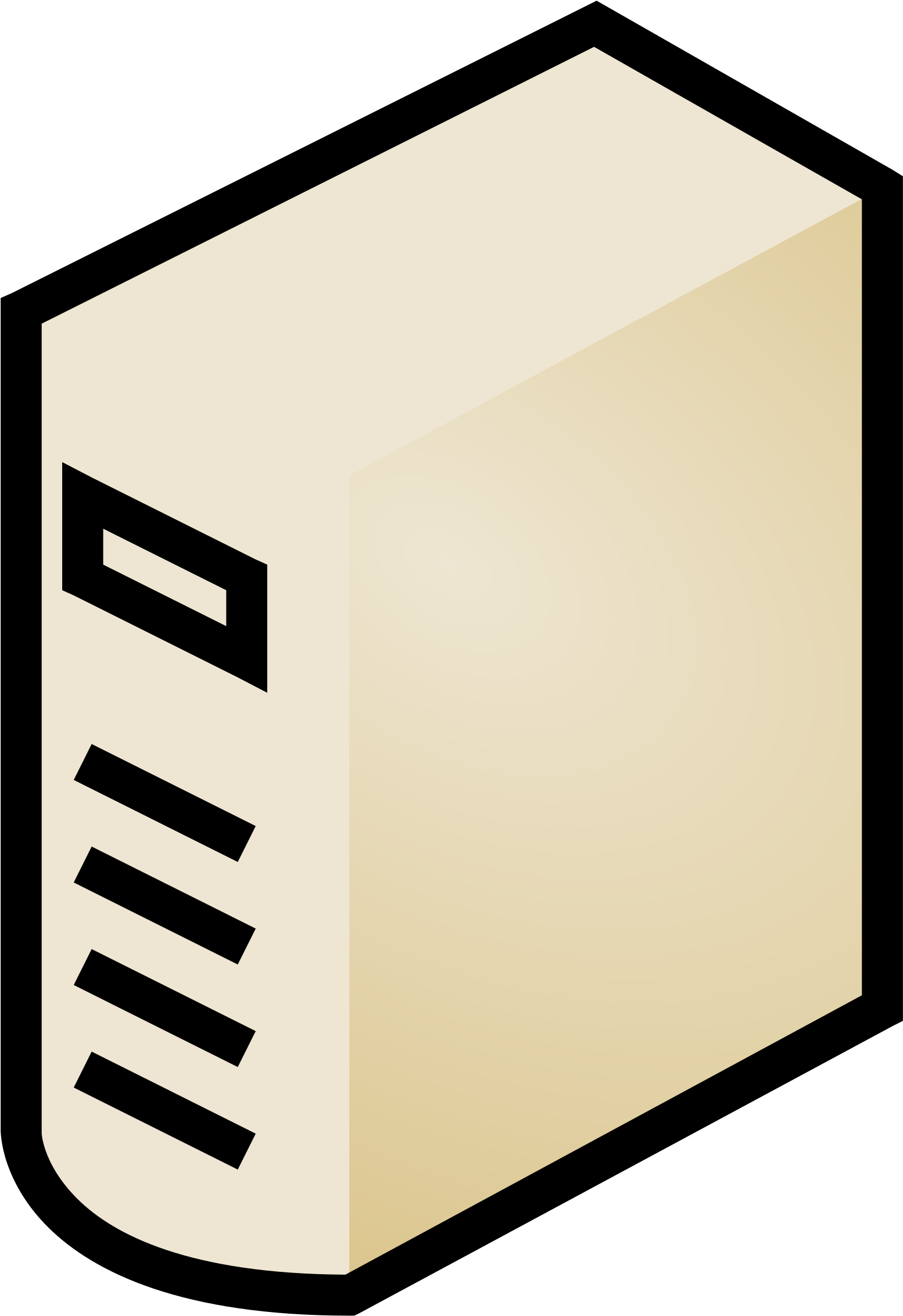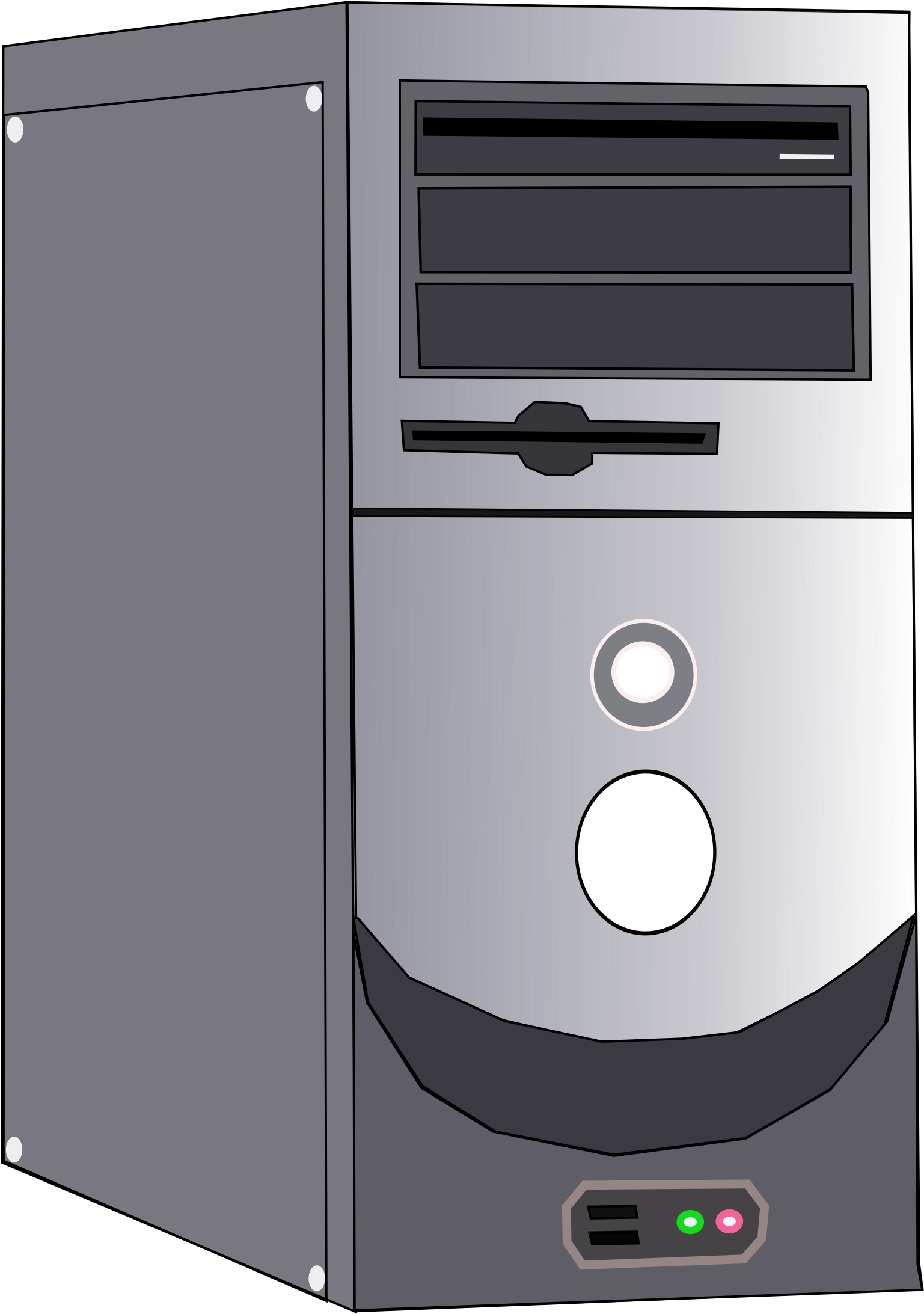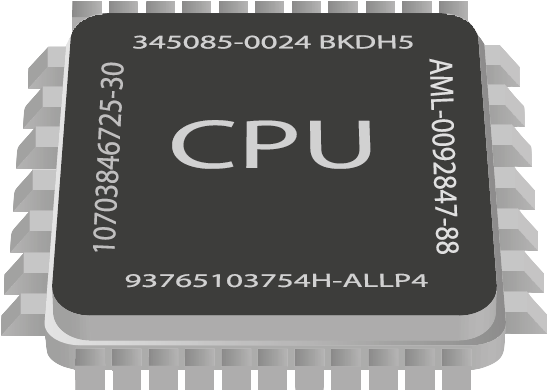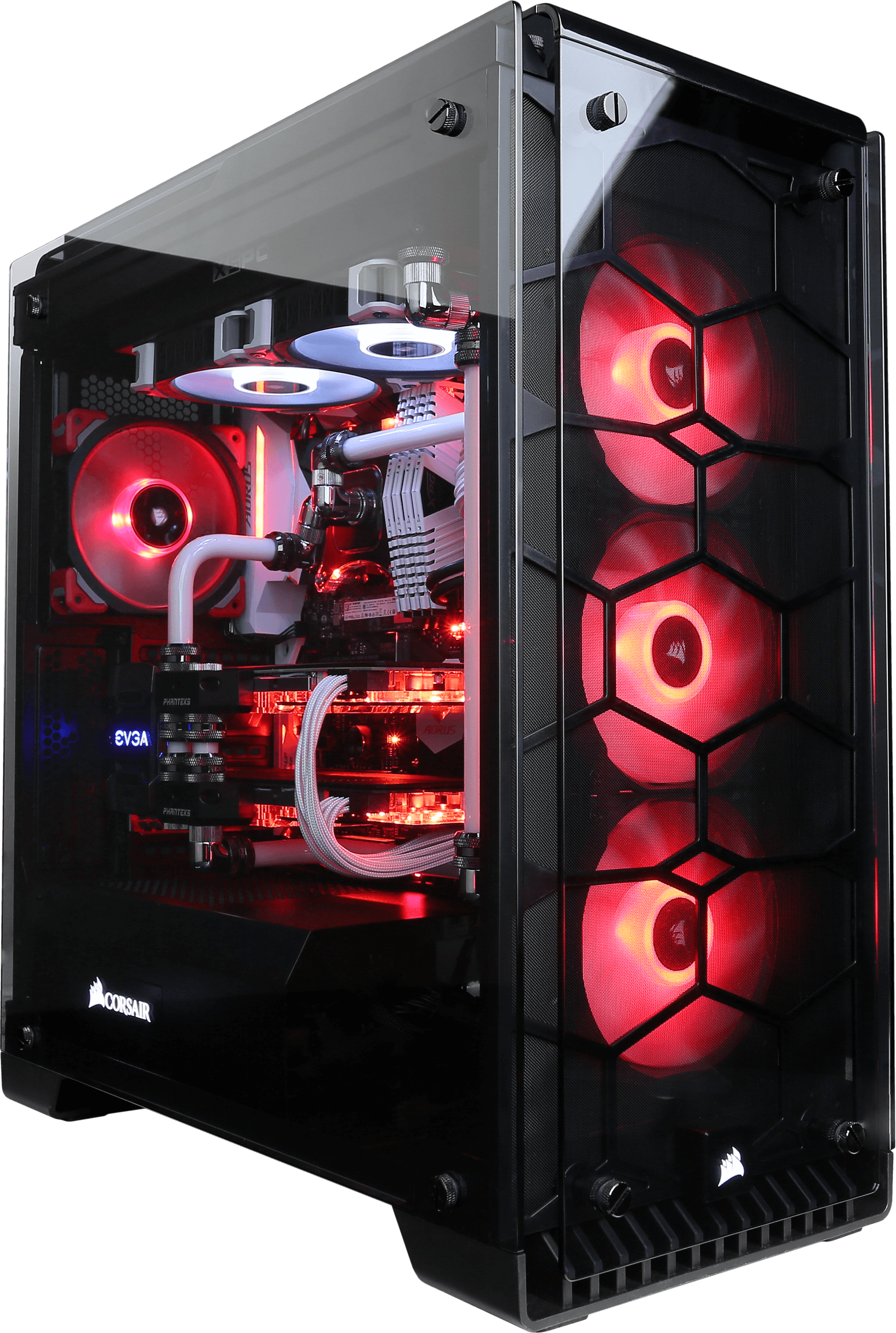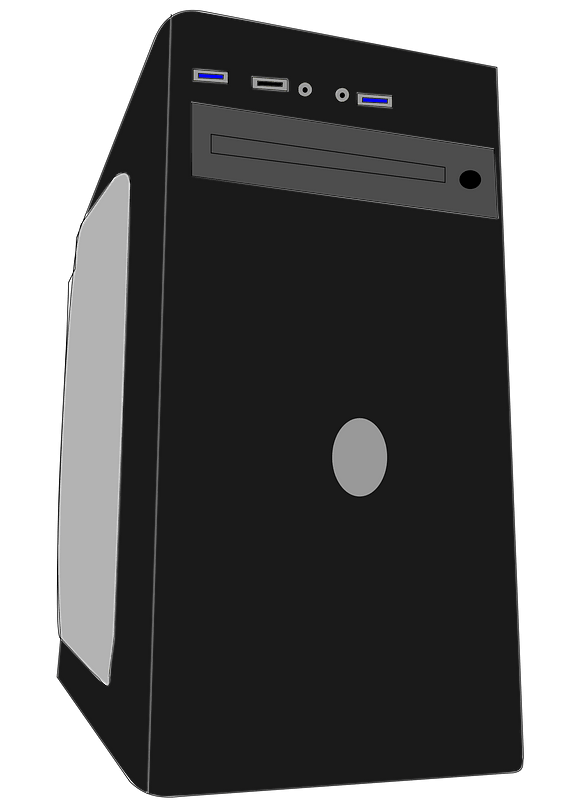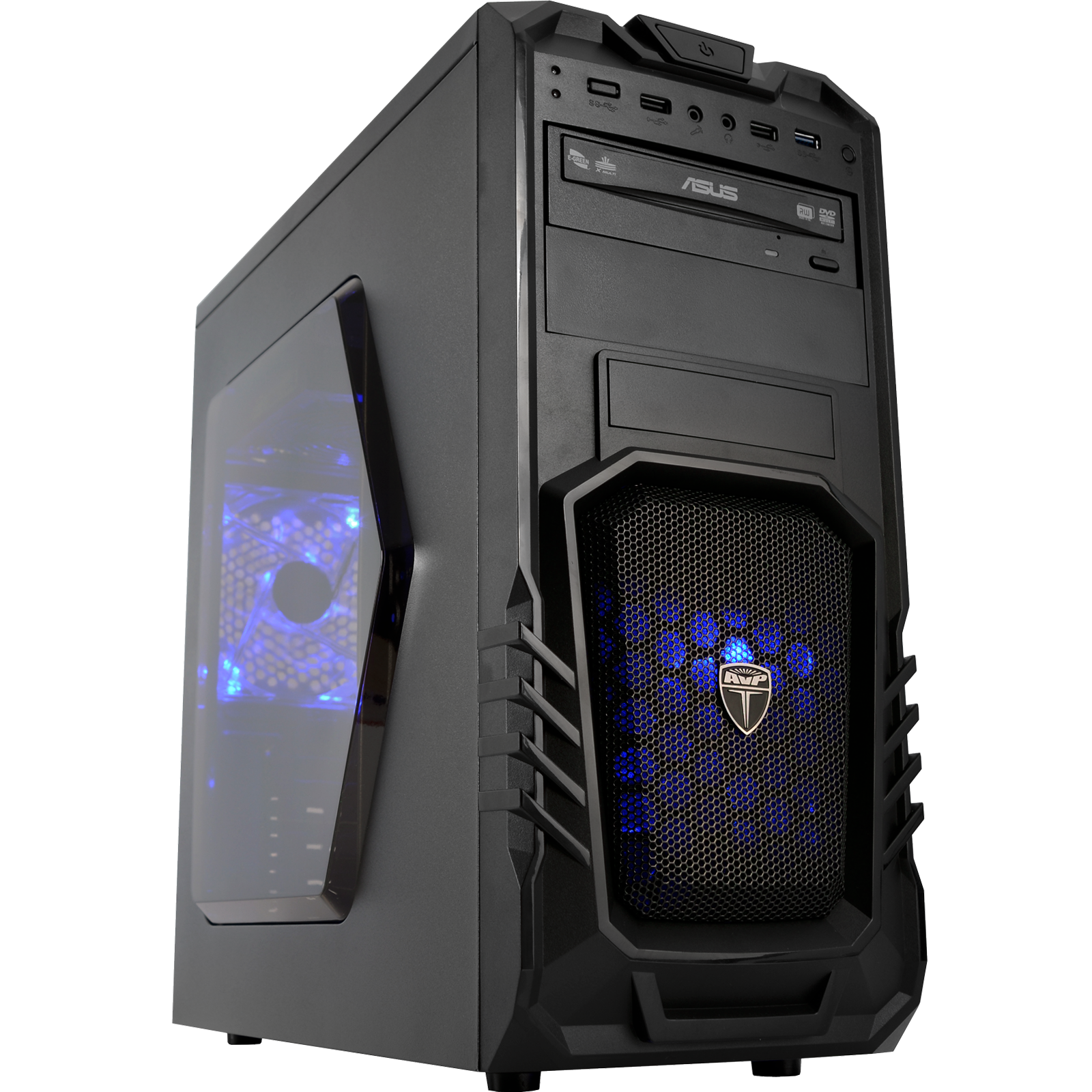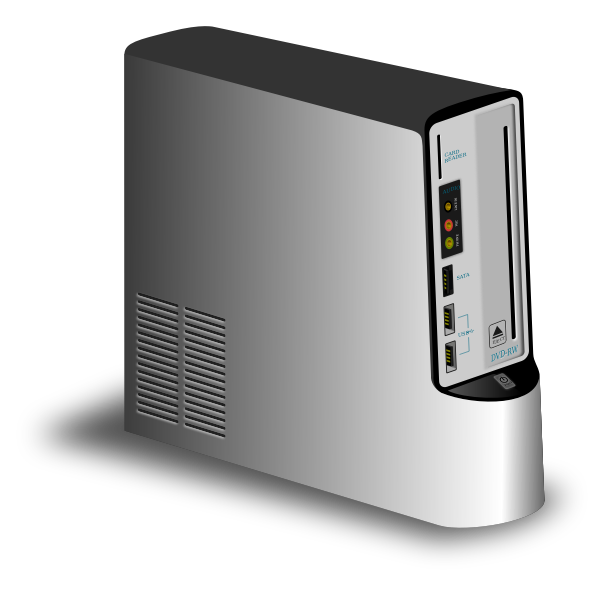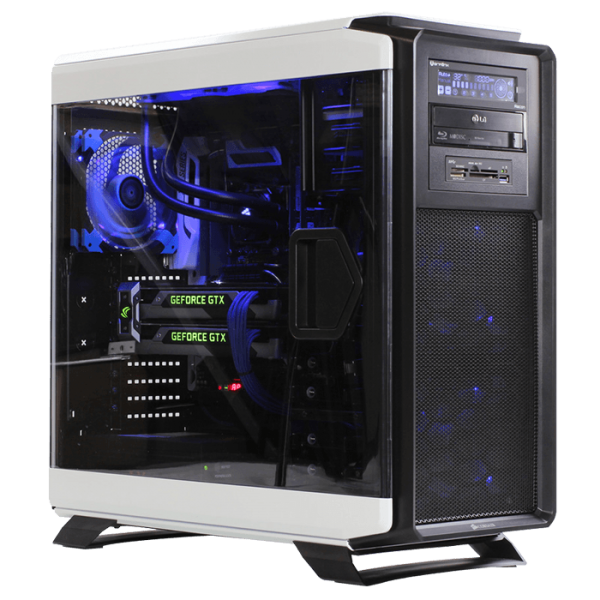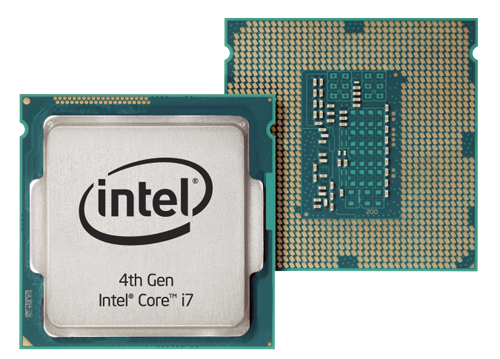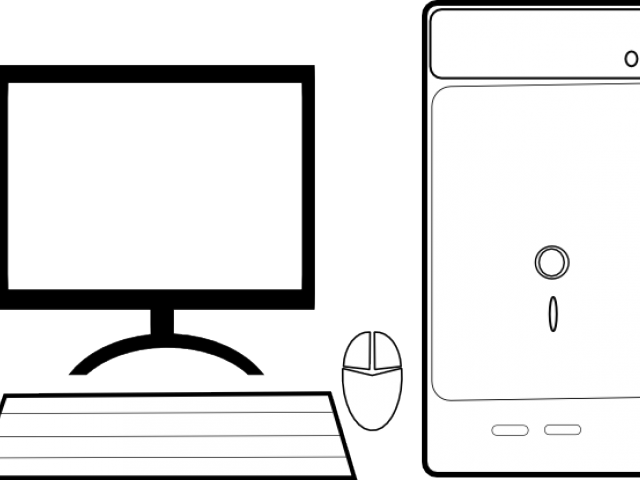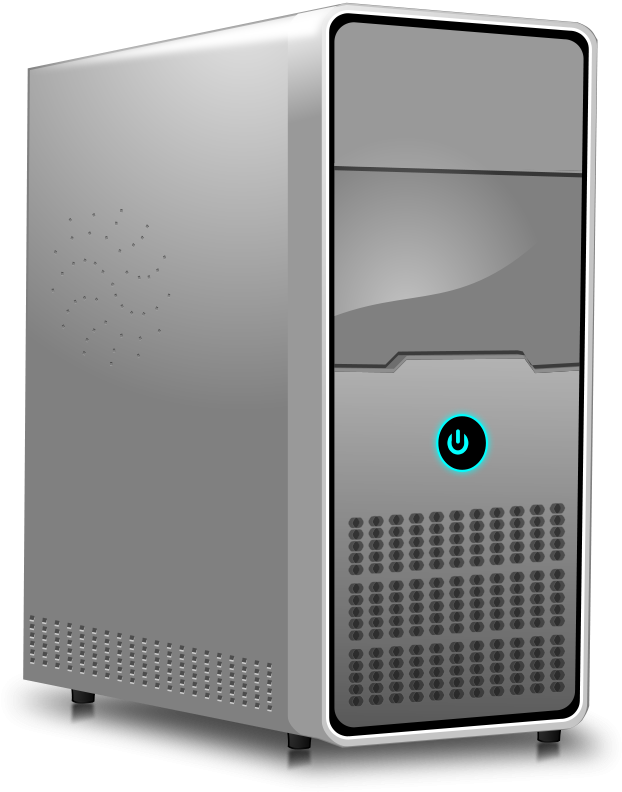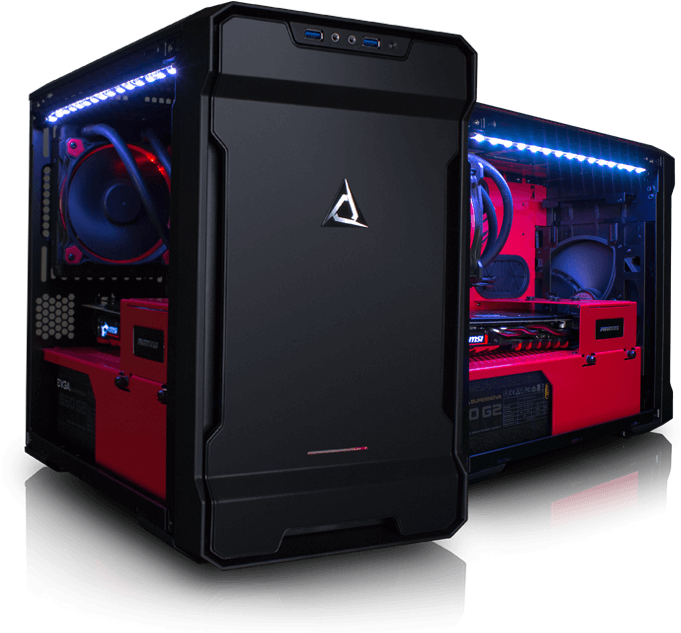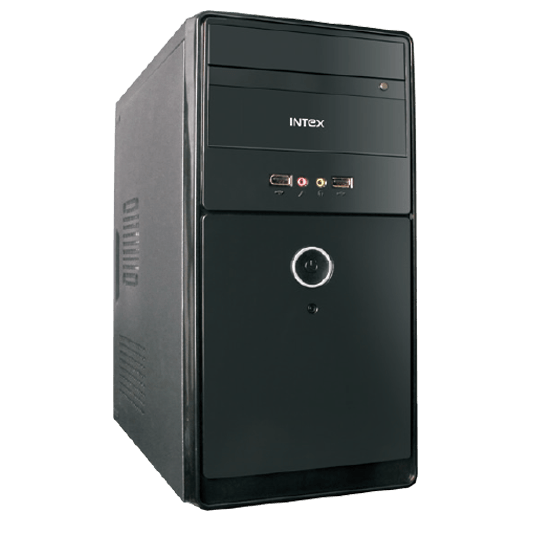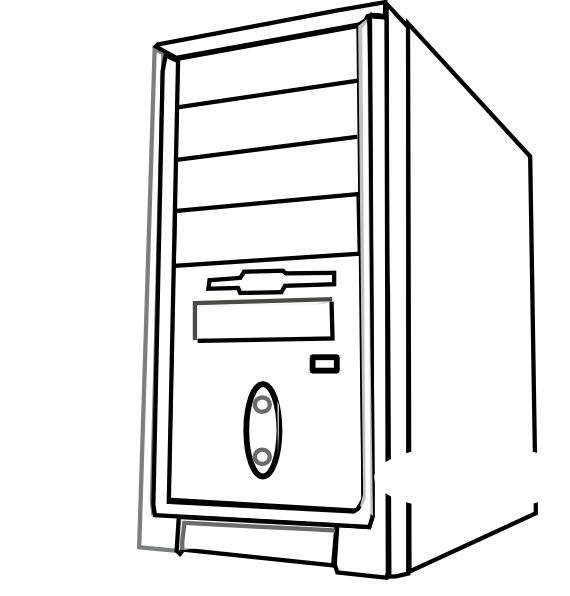Download top and best high-quality free CPU PNG Transparent Images backgrounds available in various sizes. To view the full PNG size resolution click on any of the below image thumbnail.
License Info: Creative Commons 4.0 BY-NC
The electrical equipment that executes instructions in a computer programme is a central processing unit (CPU), sometimes known as a central processor, main processor, or simply processor. Basic arithmetic, logic, controlling, and the CPU performs input/output (I/O) activities according to the instructions in the programme. External components such as main memory and I/O circuits and specialised processors such as graphics processing units are examples of this (GPUs).
CPUs have evolved in shape, design, and implementation over time, but their essential operation has remained nearly constant. The arithmetic logic unit (ALU) performs arithmetic and logic operations, processor registers provide operands to the ALU and store the results of ALU operations. A control unit orchestrates the fetching (from memory), decoding, and execution of instructions by directing the coordinated operations of the ALU, registers, and other components.
Most current CPUs are built on integrated circuit (IC) microprocessors, which combine one or more CPUs on a single MOS IC chip. Multi-core processors are microprocessor chips that have several CPUs. Also known as processor cores, individual physical CPUs can be multithreaded to form virtual or logical CPUs.
An integrated device with a CPU may also have memory, peripheral interfaces, and other computer components; these integrated devices are called microcontrollers or systems on a chip (SoC).
Array processors, also known as vector processors, feature many processors that run in parallel, with no single unit acting as the central processing unit. Virtual CPUs are a dynamically aggregated computing resource abstraction.
Early computers, such as the ENIAC, required physical rewiring to execute different jobs, earning them the moniker “fixed-program computers.” Since 1955, the phrase “central processing unit” has been in use. Because a “CPU” is typically defined as a device that executes software (computer programmes), the first devices that might be termed CPUs appeared with the introduction of the stored-program computer.
The notion of a stored-program computer was previously included in J. Presper Eckert and John William Mauchly’s ENIAC architecture. Still, it was initially excluded so that the project could be completed faster. Before the ENIAC was built, mathematician John von Neumann circulated a paper titled First Draft of a Report on the EDVAC on June 30, 1945. It was a rough sketch of a stored-program computer that would be finished in August 1949. EDVAC was created to execute a set of instructions (or operations) of varying kinds. Significantly, the EDVAC programmes were to be stored in high-speed computer memory rather than determined by the machine’s physical circuitry.
This addressed ENIAC’s major constraint: the time and effort necessary to reconfigure the computer to handle a new task. The programme that EDVAC ran could be altered simply by altering the contents of the memory, thanks to von Neumann’s architecture. The Manchester Baby, a small-scale experimental stored-program computer, ran its first programme on June 21, 1948, while the Manchester Mark 1 ran its first programme on June 16″17, 1949.
Early CPUs were bespoke designs that were utilised as part of a larger, often unique computer. However, the emergence of multi-purpose processors made in huge quantities has essentially replaced this approach of building bespoke CPUs for a specific application. This standardisation began in the age of discrete transistor mainframes and minicomputers, and it has accelerated dramatically with the widespread use of integrated circuits (IC). The IC has made it possible to design and produce more sophisticated CPUs with nanometer-level accuracy. Miniaturization and standardisation of CPUs have extended the prevalence of digital gadgets in modern life much beyond the restricted use of dedicated computing equipment. Microprocessors may be found in a variety of electronic devices, including vehicles, telephones, and even toys.
Download CPU PNG images transparent gallery.
- CPU PNG Images
Resolution: 1000 × 1000
Size: 596 KB
Image Format: .png
Download
- CPU PNG Photo
Resolution: 2562 × 2580
Size: 2178 KB
Image Format: .png
Download
- CPU PNG Photos
Resolution: 512 × 512
Size: 6 KB
Image Format: .png
Download
- CPU PNG Pic
Resolution: 1554 × 2265
Size: 100 KB
Image Format: .png
Download
- CPU PNG Picture
Resolution: 1537 × 2185
Size: 221 KB
Image Format: .png
Download
- CPU PNG
Resolution: 547 × 390
Size: 27 KB
Image Format: .png
Download
- CPU Transparent
Resolution: 1548 × 2302
Size: 1264 KB
Image Format: .png
Download
- CPU
Resolution: 848 × 1153
Size: 462 KB
Image Format: .png
Download
- CPU Background PNG
Resolution: 566 × 800
Size: 24 KB
Image Format: .png
Download
- CPU No Background
Resolution: 1600 × 1600
Size: 2229 KB
Image Format: .png
Download
- CPU PNG Background
Resolution: 600 × 600
Size: 64 KB
Image Format: .png
Download
- CPU PNG Clipart
Resolution: 512 × 512
Size: 7 KB
Image Format: .png
Download
- CPU PNG Cutout
Resolution: 600 × 600
Size: 436 KB
Image Format: .png
Download
- CPU PNG File
Resolution: 500 × 359
Size: 256 KB
Image Format: .png
Download
- CPU PNG Free Image
Resolution: 640 × 480
Size: 67 KB
Image Format: .png
Download
- CPU PNG HD Image
Resolution: 512 × 328
Size: 246 KB
Image Format: .png
Download
- CPU PNG Image File
Resolution: 622 × 792
Size: 101 KB
Image Format: .png
Download
- CPU PNG Image HD
Resolution: 681 × 633
Size: 151 KB
Image Format: .png
Download
- CPU PNG Image
Resolution: 534 × 549
Size: 109 KB
Image Format: .png
Download
- CPU PNG Images HD
Resolution: 570 × 596
Size: 39 KB
Image Format: .png
Download
